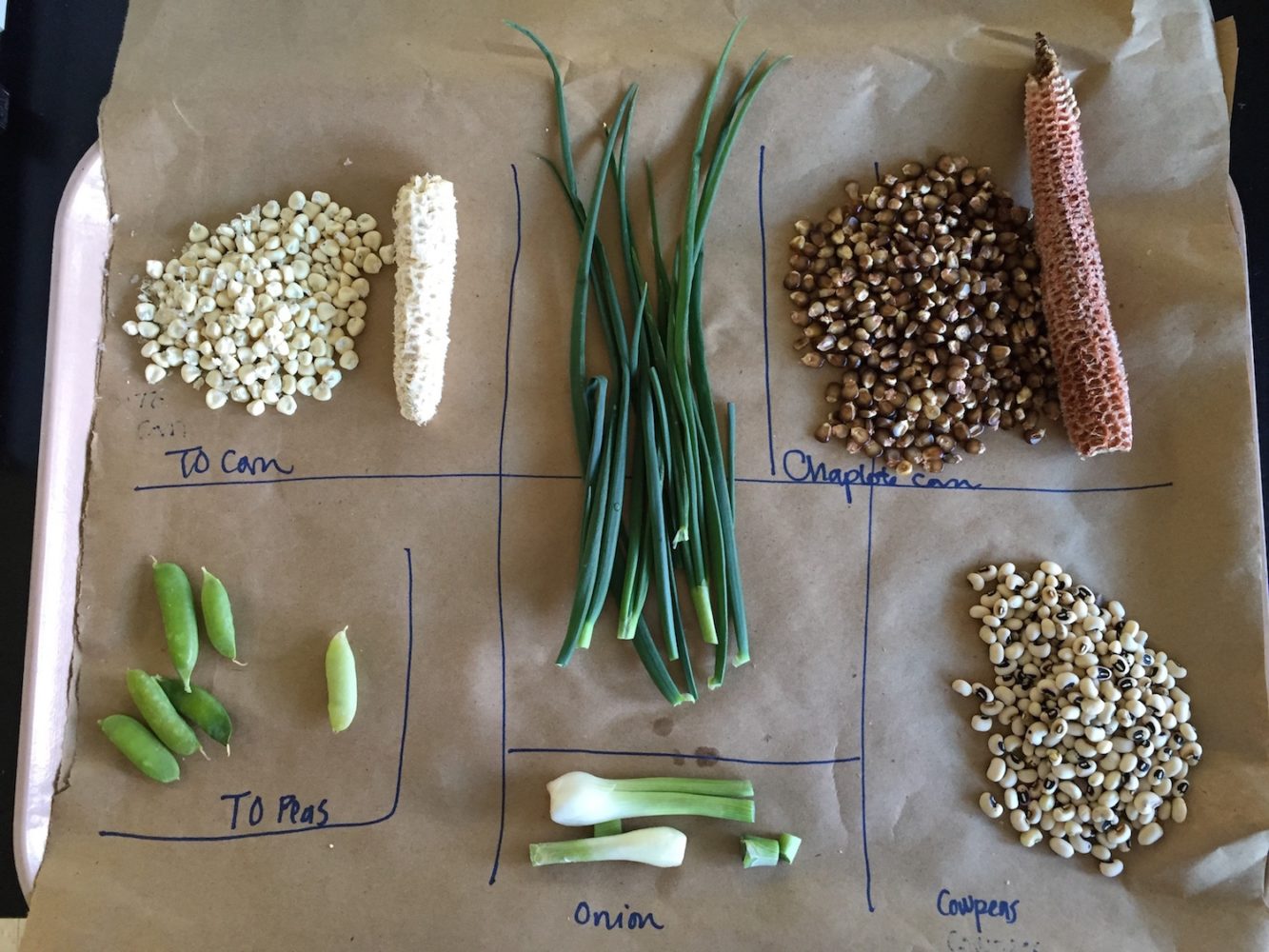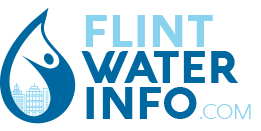
When scientists actually listen to public environmental health concerns
Crops grown by Arizona gardeners participating in research with Mónica Ramirez-Andreotta. (Photo courtesy of Mónica Ramirez-Andreotta)
When LeeAnne Walters first brought samples of the brown water coming out of her tap to a public meeting in Flint, Mich., the city’s emergency manager, Jerry Ambrose, called her a liar.
“I went up to him with bottles from my tap, and I said ‘this is my water,’ and he said, ‘No it’s not. I don’t believe it’s your water,’” Walters recalls.
The mother of four who has become one of the public faces of the Flint water crisis spoke before an audience of several hundred science writers at CASW’s 54th presentation of the New Horizons in Science briefing, which was held in San Antonio, Texas last week as part of ScienceWriters2016. The next morning, Mónica Ramirez-Andreotta, assistant professor of soil, water and environmental science at the University of Arizona, gave a related presentation on her work building co-created citizen science projects with Arizona residents living near U.S. Environmental Protection Agency (EPA) Superfund sites.
Walters told the group that she had her pediatrician test her son’s blood and learned he had lead levels seven times higher than the federal government allows. She and other Flint residents eventually teamed up with Marc Edwards, professor of civil engineering at Virginia Tech.
Edwards and his students trained community members to take water samples, and they gathered data from 300 Flint homes. Analysis found lead levels 2.5 times higher than what would be found at hazardous waste sites. Michigan officials responded by suggesting residents were purposely putting lead into the water so that the city would have to replace its pipes.
 ‘We knew we had to act,” said Siddhartha Roy, a graduate student at Virginia Tech who spoke alongside Walters in San Antonio. “When you find out something like this is happening — an entire city being subject to lead poisoning —you cannot sit on the side and watch that happen.”
‘We knew we had to act,” said Siddhartha Roy, a graduate student at Virginia Tech who spoke alongside Walters in San Antonio. “When you find out something like this is happening — an entire city being subject to lead poisoning —you cannot sit on the side and watch that happen.”
Concerned citizens facing environmental hazards like Walters are exactly the people that Ramirez-Andreotta seeks out. “I’ve dedicated my academic (career), my profession and my life to working with communities neighboring hazardous waste or living in environmentally compromised spaces,” she said.
While Walters had to seek out help from scientists, Ramirez-Andreotta goes looking for citizens to work with. In 2008, she went to the very first public meeting in Dewey-Humboldt, Ariz. after the EPA put the town on its Superfund National Priorities List because of hazardous waste left over from the Iron King Mine and Humboldt Smelter. At the meeting, she heard residents asking EPA officials whether they could safely eat vegetables from their home gardens. Afterward, she approached them and asked if they wanted to do research with her to find out.
The residents and Ramirez-Andreotta found elevated arsenic levels in their water supply, their soil and their vegetables.The arsenic in the water did not come from the mine waste, however, but from the public water utility—which like Flint’s was found to be out of compliance with federal regulations. Ramirez-Andreotta said it took four years before the utility finally lowered the arsenic to acceptable levels. Like Flint residents, she said, the Dewey-Humboldt residents no longer trust their water supply.
When asked whether efforts like hers could help rebuild that trust by empowering the public to take science into their own hands and ask questions, Ramirez-Andreotta said it was possible. “Can citizen science repair mistrust?” she said. “It’s possible … but you have to accept their story” and not dismiss it out of hand.
LeeAnne Walters would certainly agree.